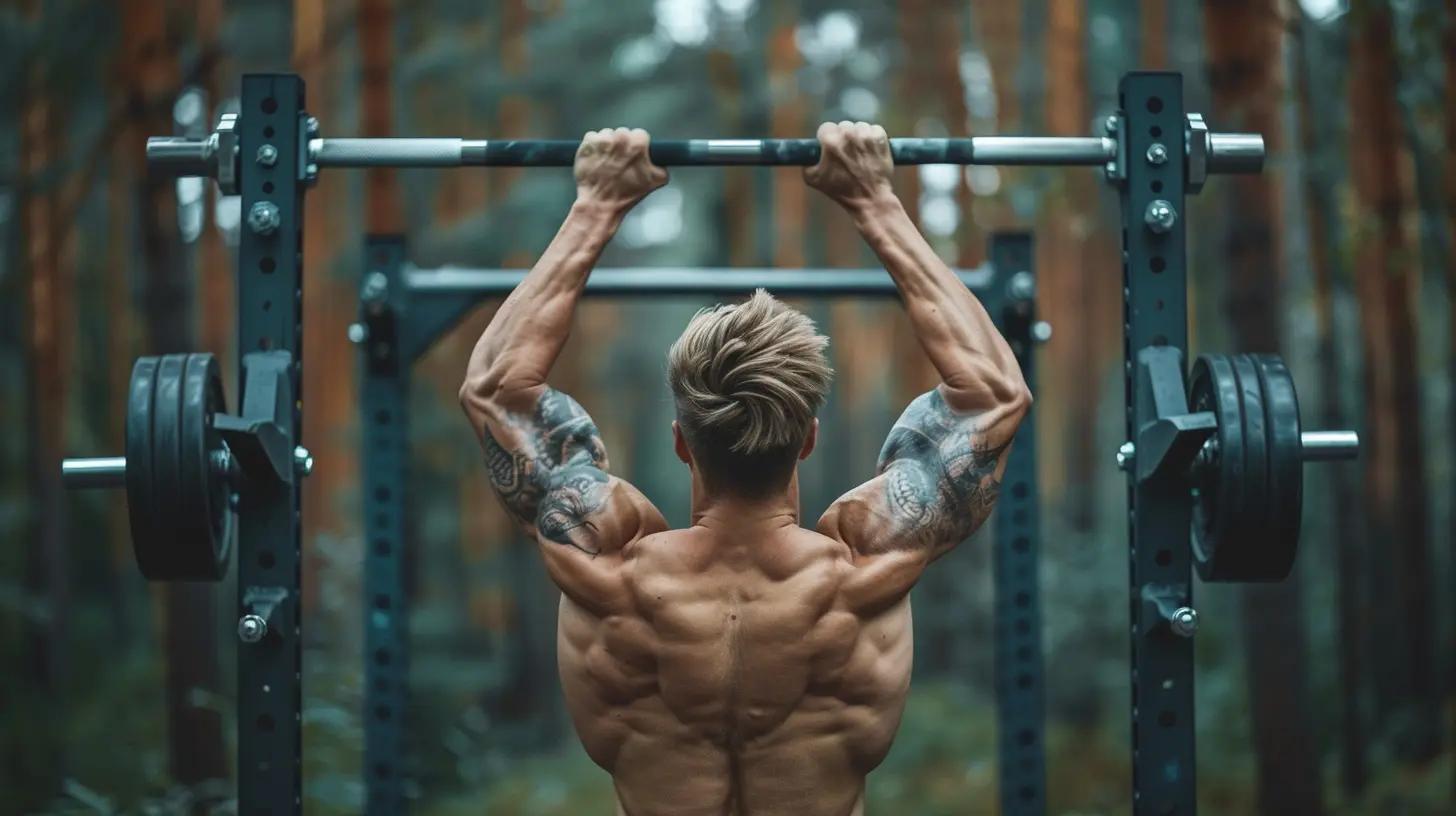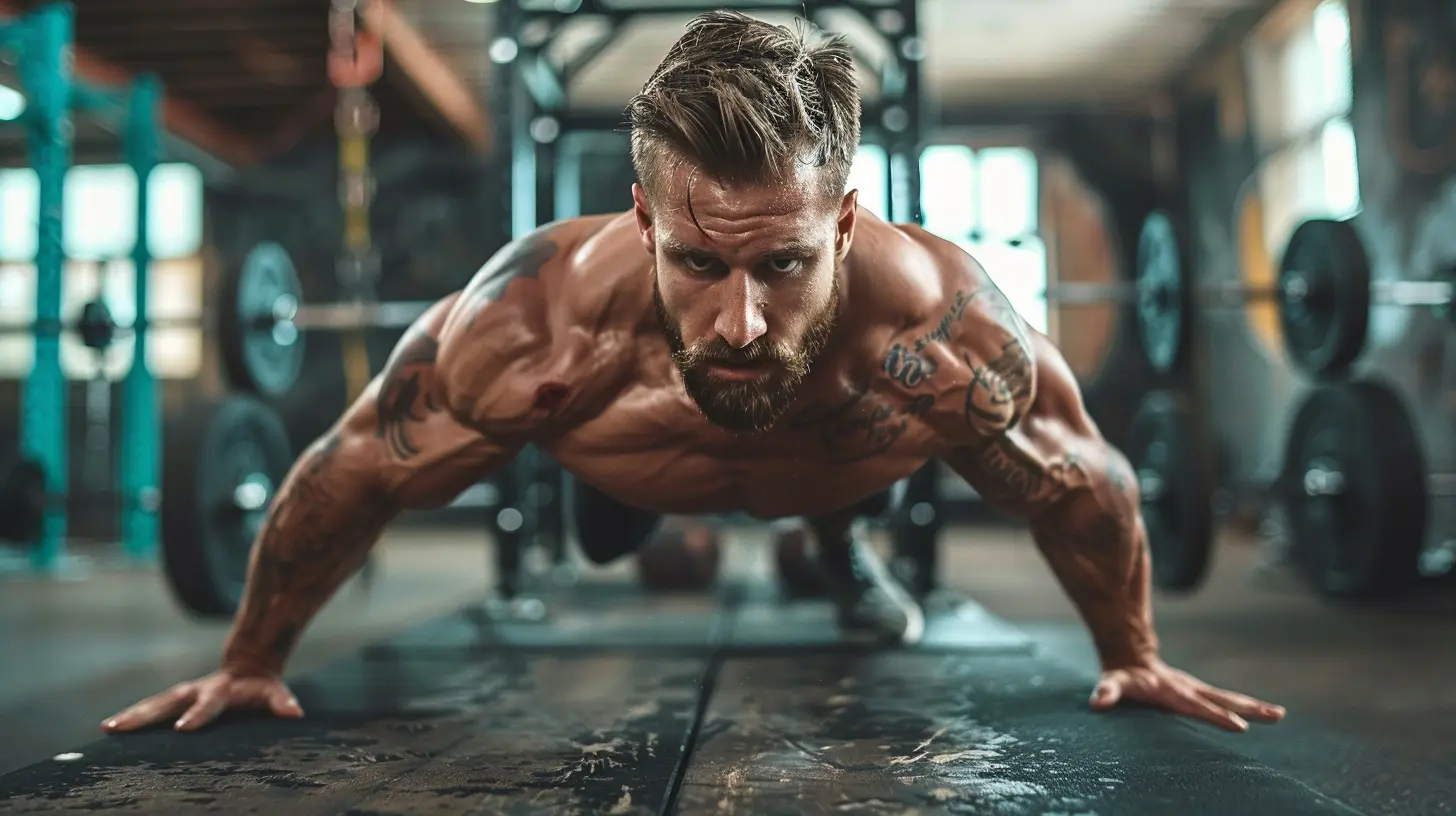How to Incorporate Functional Training into Your Bodybuilding Routine
19 November 2025
Let’s be real—building big muscles looks awesome, but if you can’t move well or perform everyday tasks without feeling like you're going to snap in half, what’s the point? That’s where functional training comes in. It’s like the secret sauce that makes not just your muscles look good, but also work like a well-oiled machine.
So, if you're deep into bodybuilding but want to boost your athleticism, prevent injuries, and feel stronger in real-life movements, keep reading. I’m going to walk you through exactly how to spice up your bodybuilding routine with functional training without messing up your gains.

What is Functional Training, Anyway?
Before we get into the “how-to,” let’s quickly break down what functional training really means.Functional training focuses on exercises that mimic real-life movements. It trains multiple muscle groups together to improve strength, stability, mobility, and coordination used in everyday tasks. Think squatting to pick something up, twisting to grab something off a shelf, or balancing while carrying groceries. Unlike isolated movements in bodybuilding (like bicep curls), functional training is all about movement patterns and core engagement.
Examples of functional training exercises?
- Kettlebell swings
- Farmer’s carries
- Turkish get-ups
- Sandbag lifts
- Single-leg deadlifts
- Medicine ball slams
Sound tough? It is. But it’s worth it.

Bodybuilding vs. Functional Training: What's the Difference?
Here’s the deal—bodybuilding is about muscle hypertrophy, targeting specific muscles to grow size, shape, and symmetry. You isolate, contract, pump, and stretch. Functional training, on the other hand, focuses more on performance. It’s about moving better, faster, and safer.Bodybuilders train muscles.
Functional athletes train movements.
But guess what? You don’t have to choose. You can have the best of both worlds by integrating functional training into your bodybuilding routine smartly.

Why Combine Functional Training With Bodybuilding?
Good question. Here’s what you gain from combining the two:- Improved athletic performance – Move better, jump higher, sprint faster.
- Injury prevention – Strengthen stabilizer muscles and joints.
- Better core strength – Functional moves engage your core like crazy.
- Balanced muscle development – Fix imbalances that could be hiding behind your mirror muscles.
- Enhanced mobility & flexibility – Get under that squat without feeling like a rusty robot.
Still worried it’ll mess with your gains? Don’t be. In fact, functional training can make you stronger, more stable, and even enhance your muscle-building potential when done right.

Step-by-Step: How to Incorporate Functional Training into Your Bodybuilding Routine
Alright, now let’s get to the meat and potatoes. Here’s how you can start blending functional training into your current bodybuilding routine without overhauling everything.1. Start Small: Add Functional Warm-ups
Don’t skip this. Your warm-up sets the tone for your entire session. Instead of hopping on the treadmill for 10 minutes, go for a dynamic warm-up with a functional twist.Try this:
- Bodyweight squats (3x10)
- Walking lunges with rotation (2x10 per leg)
- Inchworms with push-ups (2x8)
- Arm circles and scapular pushups
- Resistance band pull-aparts
These get your blood flowing and prep the muscles you’ll use in your workout. Plus, they target stabilizers and joints you may not hit with static stretching.
2. Swap Out Isolation For Functional Compounds Once a Week
Pick one day a week to swap your classic isolation-focused workout with a full-body functional session. This doesn’t mean ditching weights—it means using them differently. Focus on compound movements that challenge multiple muscle groups and movement patterns.Example Functional Workout:
- Kettlebell swings – 4x15
- Dumbbell snatch – 3x10 per side
- Bulgarian split squats – 3x12 per leg
- TRX rows – 4x10
- Plank to shoulder taps – 3x30 seconds
- Farmer’s carries – 3 rounds (for distance or time)
Not only will these torch your muscles, but they’ll also skyrocket your heart rate. Hello, cardio sneak attack!
3. Use Functional Finishers
Instead of doing endless curls or tricep kickbacks at the end of your session, go functional. This boosts endurance, coordination, and metabolic conditioning while still taxing your muscles.Try these as finishers:
- Slam balls – 3x20 reps
- Battle ropes – 3 rounds of 30 seconds
- Box jumps – 3x10
- Sandbag cleans – 3x8
- Bear crawls – 3 rounds, 20 yards
They’ll leave you gasping for air but feeling like a beast.
4. Add Unilateral Movements
Bodybuilding often ignores the importance of one-sided training. But in real life, you carry groceries with one hand, rush up stairs off one leg, and throw a punch with one arm. That’s why unilateral training is a must for functional strength.Unilateral Moves to Add:
- Single-leg deadlifts
- Bulgarian split squats
- Single-arm overhead press
- One-arm rows
- Step-ups with knee drive
These exercises improve balance, coordination, and fix side-to-side strength imbalances you didn’t even know you had.
5. Train Movement Patterns, Not Just Muscles
Instead of focusing solely on muscle groups (like “back day” or “arms day”), start thinking in terms of movement patterns. This is how athletes train—and it's super effective.5 Primary Movement Patterns to Train:
1. Push – e.g., push-ups, overhead presses
2. Pull – e.g., chin-ups, rows
3. Hinge – e.g., deadlifts, kettlebell swings
4. Squat – e.g., goblet squats, front squats
5. Carry – e.g., farmer’s walks, suitcase carries
Build workouts around these patterns once or twice a week to develop well-rounded, real-world strength.
6. Incorporate Stability and Coordination
Bodybuilding doesn’t usually demand much from your stabilizers. You’re on machines, in a fixed path. Functional training, on the other hand, LOVE stabilizers—and your core will thank you.Incorporate Tools Like:
- BOSU balls
- Balance discs
- Stability balls
- TRX
- Resistance bands
Try doing overhead presses kneeling on a stability ball or lunges with a twist using a medicine ball. You’ll challenge your nervous system, improve coordination, and fire up muscles you didn’t even know existed.
7. Program Smart: Don't Burn Out
Here’s the golden rule—functional training should complement your bodybuilding, not fatigue you to the point where lifting heavy becomes impossible.Tips to Balance Both:
- Do functional training on separate days or post-bodybuilding, keeping volume moderate.
- Use lower loads for functional movements; focus on form and efficiency.
- Cycle in functional days during deload weeks.
- Prioritize recovery with good sleep, hydration, and nutrition.
Think of it like seasoning your favorite steak—you don’t want to overdo it, but just enough makes it chef’s kiss. 👌
Common Mistakes to Avoid
Before you dive in, let’s cover a few classic missteps to watch for (trust me, I’ve been there):- Doing too much too soon – Functional training is taxing in a different way. Start light and build up.
- Neglecting proper form – This isn't a "swing it till you make it" situation. Learn the movements properly.
- Not adjusting intensity – You won’t be able to lift as heavy doing functional work as you do on traditional lifts. That’s okay.
- Skipping recovery – These workouts hit stabilizers and CNS hard. Respect rest days.
Sample Weekly Program: Bodybuilding + Functional Training
Just to give you a snapshot, here’s a weekly layout you can try:| Day | Focus |
|-------------|-----------------------------------|
| Monday | Push (Chest/Shoulders) + Core Work |
| Tuesday | Pull (Back/Biceps) + Farmer’s Carries |
| Wednesday | Functional Full-Body Workout |
| Thursday | Legs (Traditional Squats, Lunges) |
| Friday | Active Recovery or Light Mobility |
| Saturday | Functional Conditioning Circuit |
| Sunday | Rest |
This way, you’re not sacrificing your gains but adding a functional edge to everything you do.
Final Thoughts
At the end of the day, incorporating functional training into your bodybuilding routine is like giving your physique an upgrade from “showroom model” to “street-ready beast.” You’ll not only look strong—you’ll actually be strong, agile, and ready to dominate any challenge life throws your way.So, next time you're in the gym, ditch one isolation exercise, pick up a kettlebell, and move like you mean it. Your body (and your future self) will thank you.
all images in this post were generated using AI tools
Category:
BodybuildingAuthor:

Angelo McGillivray

